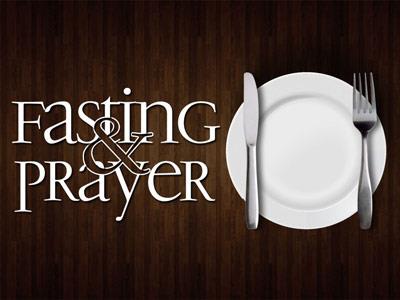-
Fitting In To The Family Portrait
Contributed by Jon Lipka on Mar 4, 2012 (message contributor)
Summary: As part of the household of God, we represent Jesus in the world, and should look and act like Him.
Our gospel today from Luke is a precious moment in the life of the nascent Church. We see Jesus praying, with his followers around him. And he tells them—he tells us—about who he is and about who we are. Think of it as a sort of family portrait.
Jesus is praying. All of our life, all we do, who we are, centers on our conversation with the Father. Jesus said, “I do nothing on my own but speak just what the Father has taught me” (Jn. 8:28). He did nothing without being certain that it was the Father’s will. Jesus laid hands on no one, he preached no sermon, performed no miracle, yes, even did not hand himself over to be crucified, before he first prayed to the Father.
How many times do I do thing on my own, without the Father? I go and make plans and commitments, and how many of those are of God? “But Fr. Jon Mark,” you say, “I make plans for work and my employer is the State of Maryland. I’d get in trouble. It’s a secular workplace.” Your job and my job are only as secular as we let it be. Remember, you are a priest. You are an icon, a representation of Jesus Christ within the world. When you are living your Christian vocation, you can’t help but de-secularize the world.
Now, how is that practically done? How do we know what is God’s will? Talk to Him. Read His Sacred Scriptures. Learn what God sounds like, what kinds of things He does, what His expectations are, what His law is. When we permeate our lives with God’s Word, through the Bible, through prayer, listening to His Holy Spirit, our minds shift. We are transformed. Our ways become like His ways, our thoughts become like His thoughts. In doing so, we look like one of the family.
Not only is Jesus praying, he’s doing so in private. He does not pray for the world to see; he prays in “lonely places.” Why should he seek solitude? Because this is not for the world to see and hear. This is a private moment, just for the children of God. Jesus is about to pull back the veil, to reveal a little more about who he is.
It’s also significant that, despite Jesus being alone, the disciples were with Him. Jesus’ seclusion was from the world. His disciples are heirs according to the promise, Abraham’s seed; they are his body, the Church. Jesus can be alone with the Father and still have the disciples present, because they are members of his body. He is the head and the disciples are the hands, feet, eyes, ears, all the various parts of the body, of His body. We, the disciples of this age, also share in this intimate, quiet time of Jesus with the Father. “Through his own glory and goodness, he has given us his very great and precious promises, so that through them you may participate in the divine nature” (2 Pe. 1:4). You are branches of the one true vine, a chip off the old block!
Jesus must help us understand better who He is and subsequently who we are. So He asked the disciples, “‘Who do the crowds say I am?’ They replied, ‘Some say John the Baptist; others say Elijah; and still others, that one of the prophets of long ago has come back to life.’” The disciples had been listening to the same rumors as Herod, for we read in verses 7–9 these same suppositions. Herod himself rejected these ideas.
Jesus asks the disciples, “Who do you say I am?” I’m not going to preach to you that you need to answer here and now this question, “Who do I say that Jesus is?” although if you have never made that decision, I pray that you wrestle with it, because how you answer that one question will change your entire life. But that’s another sermon. Jesus here is asking his disciples if they adhere to the beliefs of the crowd, or if there is some other possibility, another option. What the crowds say and what the disciples say is set up one against the other.
How does Peter answer the question, “Who do you say I am?” He responds, “The Christ of God.” Now we see the fruit of Jesus’ prayer. Imagine the scene. Jesus with the disciples, communing with the Father. And as he kneels there, he turns his head toward them and asks, “Who do the crowds say I am?” After hearing the answers, he returns to prayer for a moment, entreating His Father that every blessing would be poured out upon the twelve and their eyes opened. And then He turns back and asks, “Who do you say I am.” And what joy was His on hearing Peter’s response! His prayers answered and the disciples’ eyes opened, if even just a little. With their eyes opened a mere crack, Jesus could talk to them about the blinding radiance that they now perceived. Peter’s response was an answer to Jesus praying. As Matthew tells us in his Gospel, “This was not revealed to you by man, but by my Father in heaven” (Mt. 16:17). Peter had no way of knowing that Jesus was the Christ by his own flesh and blood, through his own power of reason.

 Sermon Central
Sermon Central



